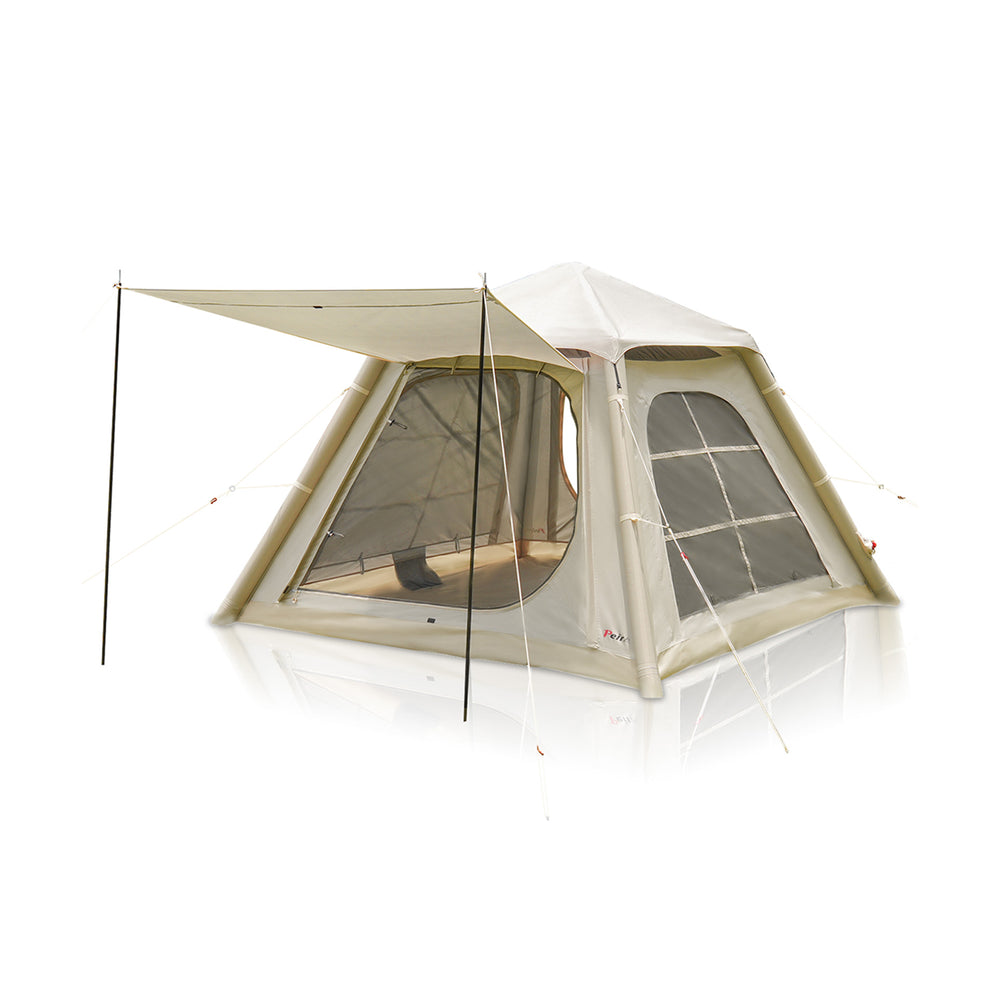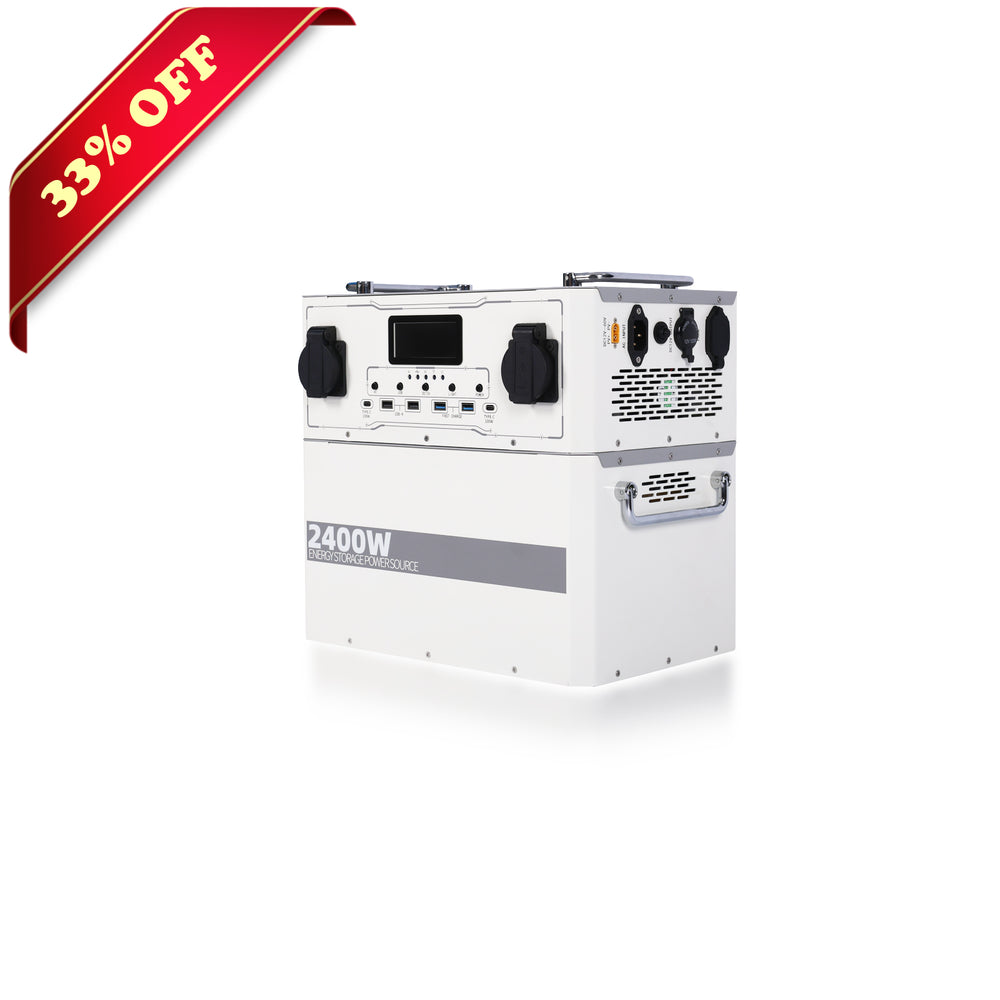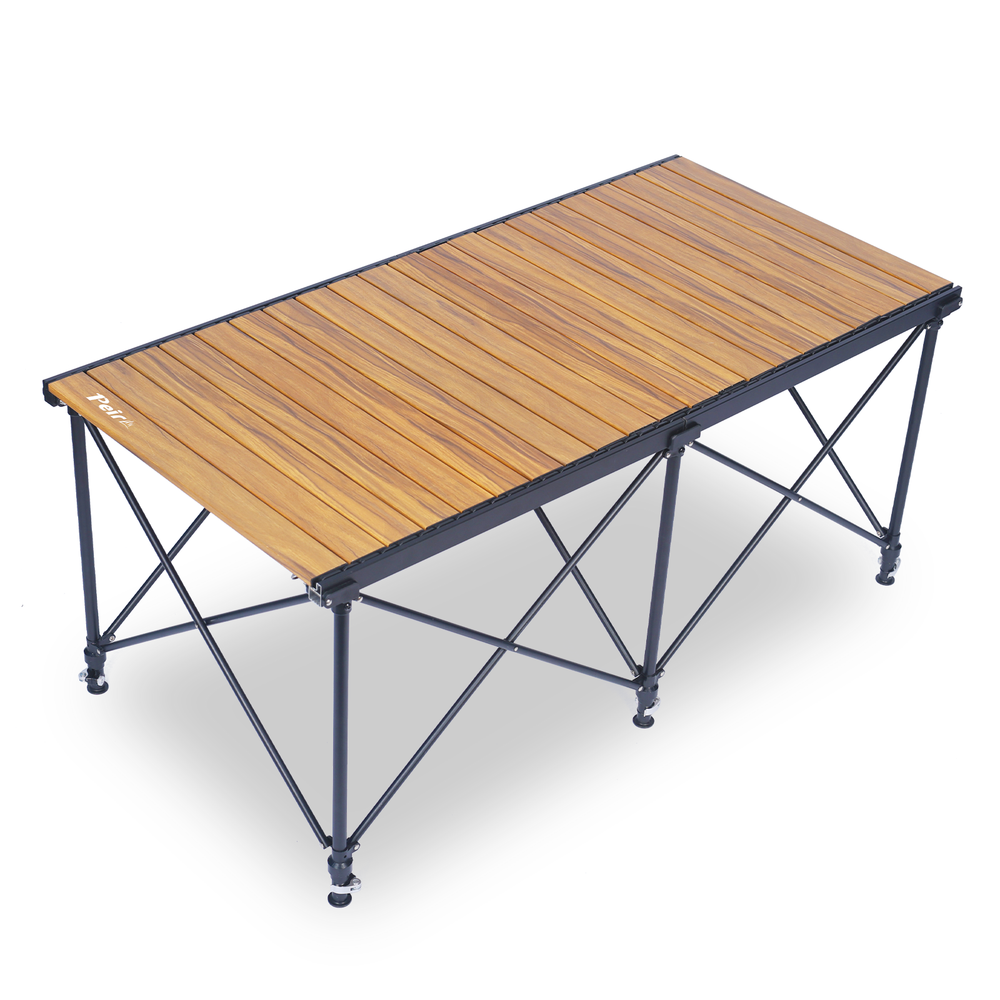When you're camping, one of the last things you want to hear is the sound of water dripping inside your tent. If you've ever experienced it, you know how essential it is to maintain your tent's waterproof capabilities.
A leaking tent can quickly ruin what could have been a perfect outdoor adventure. So, how can you fix this issue if it happens? And more importantly, what can you do before your trip to ensure you don’t face this problem in the first place? Over time, waterproof coatings can break down due to dirt, oil, and wear, so it's important to clean and dry your tent after each use. Also, avoid stepping on it when setting up or packing it away to prevent unnecessary damage. But if you find yourself dealing with a leak, here are some steps you can take to restore its waterproof performance.
Why Do Tents Lose Their Waterproof Properties?
Like any outdoor gear, tents and other waterproof fabrics lose their effectiveness over time. Dirt, oils, and grime can work their way into the fabric, while the sun can cause the material to fade and degrade. The waterproof coating, typically made of polyurethane, wears down with regular exposure to the elements. After several seasons of use, you may notice your tent no longer performs as well in the rain as it once did. This is a common issue not just for tents, but also for waterproof jackets, backpacks, and stuff sacks.
Another vulnerable spot is the tent seams. While durable, the seam taping can wear out after repeated use. Once this happens, moisture can start to seep through, often around the seams, turning your dry shelter into a soggy mess.
Some campers choose to simply replace their gear, which is a viable option. However, not everyone can afford to buy a new tent every few years. The good news is that with a little effort, you can restore your tent’s waterproof qualities without breaking the bank.
Recommend:
How to Waterproof a Tent
Sealing Tent Seams
While many tents come with factory-sealed seams, this protective layer can wear down over time, causing leaks when it rains.
If you discover a leaky seam, here’s what you’ll need:
- A clean rag
- Rubbing alcohol
- Seam sealer (make sure to choose the right one for your tent. Silicone-treated fabrics require a different sealer than polyurethane-coated fabrics. If you're unsure about your tent's fabric, refer to the manufacturer's instructions.)
- Drop cloth (optional, to catch any spills)
Steps to seal your tent seams:
- Set your tent up in a dry area with good lighting, such as a sunny spot or a well-lit room, so you can easily inspect all the seams. You'll be focusing on the underside of the rainfly and the inner seams of the tent body. It’s often easier to work with the rainfly turned inside out for better access to the seams.
- If you notice seam tape peeling on the rainfly’s underside, gently remove the loose sections, but leave the intact areas in place.
- Use a rag and rubbing alcohol to clean the seams before applying the new seam sealer.
- Apply the seam sealer generously along all seams, even if only one seam is showing signs of failure—other seams might not be far behind.
- Allow the seam sealer to dry completely before using the tent again.
Refreshing the Urethane Coating on Your Tent
If you notice flakes coming off the inside of your rainfly or the floor of your tent, it’s time to reapply the urethane coating.
Here’s what you’ll need:
- A sponge with an abrasive side
- Rubbing alcohol
- Tent sealant (ensure it’s the correct type for your tent’s material)
Steps to refresh the urethane coating:
- Lay the rainfly or tent floor flat and gently scrub off any loose or flaking coating using rubbing alcohol and your abrasive sponge.
- Apply a thin, even coat of the new tent sealant across the entire rainfly or tent floor, following the instructions on the sealant bottle.
- Let the sealant dry for at least 24 hours before packing away your tent.
Refreshing the DWR (Durable Water Repellent) Coating
If you’ve noticed rain no longer beads up on the surface of your fly, it’s time to refresh the DWR coating.
Here’s what you’ll need:
- A spray-on water repellent product
- A clean, damp cloth
- Water
How often should you reproof your tent?
If your tent is brand new, you shouldn’t need to apply any additional coatings right away, as it should remain waterproof for a long time. However, once the coating starts to flake off or show visible signs of wear, it’s time to reapply. The best way to check is to conduct a simple water test. Spray water on the tent's exterior and see if it beads up. If the water starts soaking through in certain areas or fails to bead, then it’s time to add a new layer of waterproofing.
FAQ
How do I make my tent waterproof again?
Simply apply the tent proofing product or waterproofing spray evenly to the tent fabric using a spray, brush or sponge. Take care to wipe off any surplus product with a damp cloth as you go along. Leave your tent to dry as per the instructions on the bottle.
What is a good waterproof for a tent?
To summarise, and help you choose your new tent – a general rule is that a good quality tent with a 1500–3000mm waterhead rating on the tent fly, along with a 6000mm+ rating on the floor (or one made from durable polyethylene or PVC), is going to keep you sheltered and dry in all but the absolute worst of conditions.
Should you put a tarp over your tent?
Tarps are exceptionally waterproof and can, therefore, help keep your gear, clothes, and shelter dry. They are also lightweight, making them easy to carry over long distances during tarp camping trips. Backcountry backpacking enthusiasts, car campers, or traditional campers should pack a tarp.
Do tents leak when it rains?
The material used to make the tent is tough and waterproof. The stitching is strong and the seams are sealed; your tent is designed to keep the weather out. Therefore, if you find little puddles, it is very unlikely that you have a leaking tent.
What material is used for waterproof tents?
Tents made with nylon are lightweight and waterproof, while those made with cotton are breathable and durable. Each type of material has its own benefits, and the best tent for you will depend on your individual needs. For example, if you are planning to backpack in wet weather, a nylon tent would be a good choice.












 Peirhw Inflatable House Tent - Starry Night Love
Peirhw Inflatable House Tent - Starry Night Love
 Peirhw Glamping Tents - Friendship Castle
Peirhw Glamping Tents - Friendship Castle
 Peirhw Inflatable Canopy Tent - Adventurer
Peirhw Inflatable Canopy Tent - Adventurer



 Peirhw Portable Air Conditioner
Peirhw Portable Air Conditioner
 【Advance Sale】Peirhw Portable Power Station 2400W
【Advance Sale】Peirhw Portable Power Station 2400W
 【Advance Sale】Peirhw Portable Power Station 600W
【Advance Sale】Peirhw Portable Power Station 600W





 Peirhw Self Inflating Sleeping Pad
Peirhw Self Inflating Sleeping Pad
 Peirhw Air Mattress (8" Queen Type)
Peirhw Air Mattress (8" Queen Type)
 Peirhw Camping Sleeping Bag
Peirhw Camping Sleeping Bag


 Peirhw Butterfly-shaped Canopy for Camping
Peirhw Butterfly-shaped Canopy for Camping
 Peirhw Camping Waterproof Canopy (Cannot be Purchased Separately)
Peirhw Camping Waterproof Canopy (Cannot be Purchased Separately)


 Peirhw Outdoor Folding Chairs
Peirhw Outdoor Folding Chairs
 Peirhw Folding Camping Table
Peirhw Folding Camping Table












